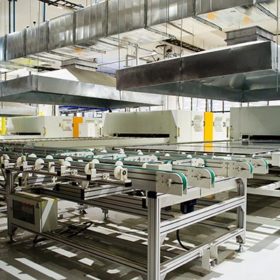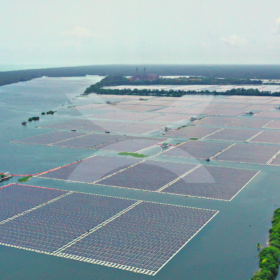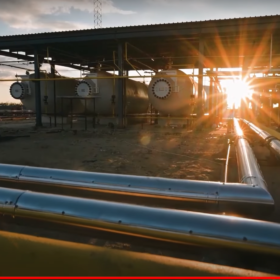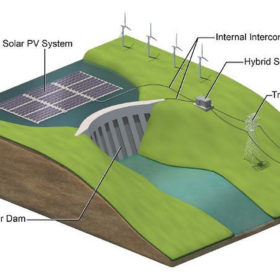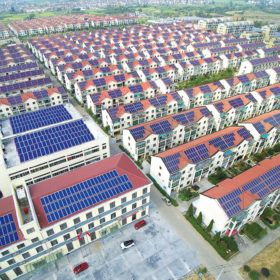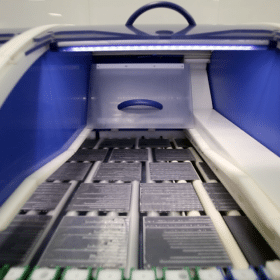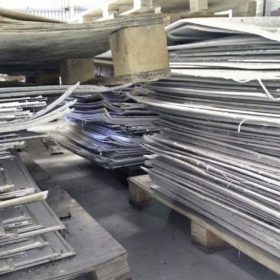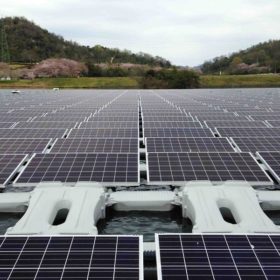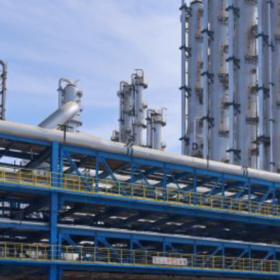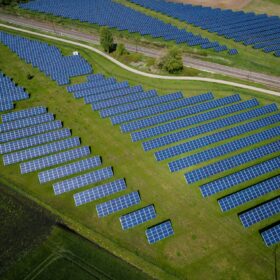Tata Power signs MoU to set up 4 GW solar cell, module plant in Tamil Nadu
The company has signed an MoU with the government of Tamil Nadu to invest INR 3,000 crore ($380 million) for setting up 4 GW of solar cell and module manufacturing facility in the state.
Ciel & Terre completes 73.4 MWp of India’s largest floating solar plant
The French floating PV specialist completed a 73.4 MWp portion of the 101.6 MWp Kayamkulam solar project in a record 70 days.
IH2A chalks out roadmap to accelerate hydrogen commercialization in India
The industry body proposes building at least 25 scalable green hydrogen projects with a cumulative electrolyzer capacity of 150 MW by 2025. The industry can then apply the expertise and experience gained from these first-generation projects to build gigawatt-scale projects in the 2025-30 period.
Hybridizing floating solar with hydropower
Scientists from the National Renewable Energy Laboratory (NREL) have said that the combination of floating solar with hydropower could reduce PV curtailment.
The long read: When a solar spark becomes a fire
In 2021, China installed 21.6 GW of residential PV, which accounted for nearly 40% of the total annual installation figure of 54.9 GW. Spool back to 2018, and the residential segment clocked in at a mere 3 GW – less than 7% of the total for the year. Vincent Shaw in Shanghai reports on how changing market priorities caused a spark that quickly became a fire.
Websol to build 1.8 GW solar cell, module factory
Websol’s board members have approved a proposal to set up a new solar cell and module factory to produce high-efficiency mono-PERC and TopCon products.
Solar module price increases to affect returns on 4.4 GW of solar
Solar cell and module prices have increased by more than 40% over the last 18 months, driven by polysilicon prices. However, bid tariffs has remained lower than what is needed to mitigate the rise in module prices. The risk of lower returns is significant for 4.4 GW of projects that have been awarded over the past 18 months, with tariffs below INR 2.2 ($0.028)/kWh.
Recycling options for PV panels, batteries could drive circular economy, says NREL
Renewable hardware that lasts longer and uses fewer materials could bolster recycling efforts and help to build an effective circular economy for solar and battery technologies, says the US National Renewable Energy Laboratory (NREL).
Single-axis trackers on commercial rooftops increase generation by 37%
Alion Energy trackers thread the return-on-investment needle with productivity gains from white roofs and bifacial modules, while design aggressively maximizes module count.
Letters of Award given for Omkareshwar floating solar project
Rewa Ultra Mega Solar Limited (RUMSL) has issued letters of award to NHDC, AMP Energy, and SJVN to build 278 MW of the 600 MW Omkareshwar floating solar project. This first-phase capacity development is expected to complete by September next year.
